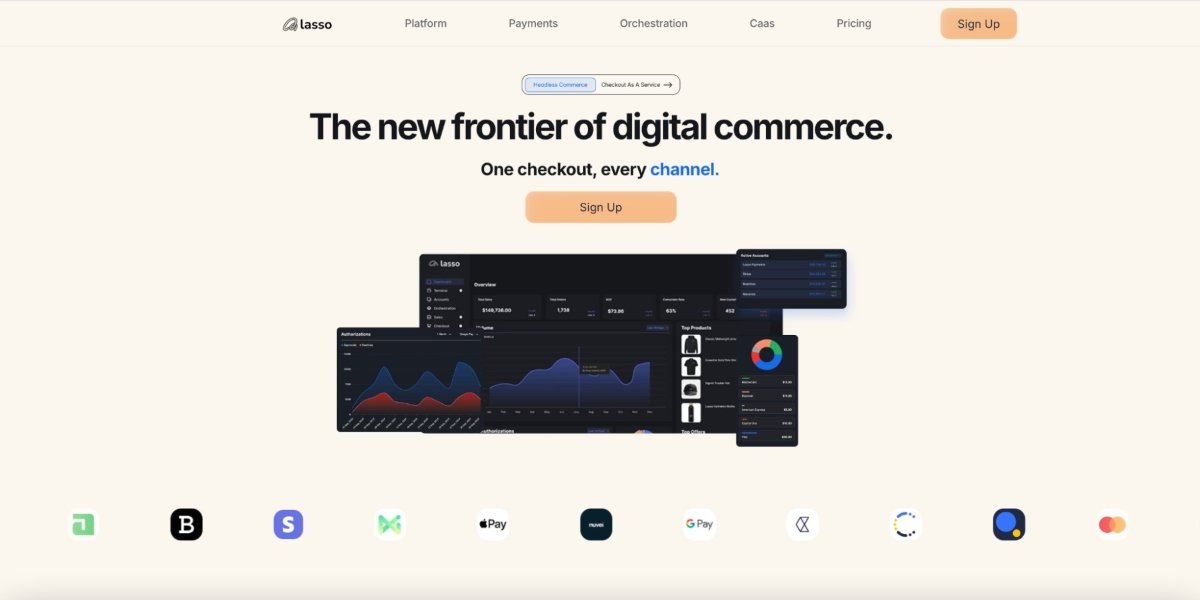By: Fedlan Kılıcaslan, Chairman of Akif Capital
For decades, globalization has driven economic expansion, technological progress and corporate growth. It has woven economies together through complex supply chains, cross-border investments and trade agreements. However, the world now stands at a crucial juncture. A structural reversal—deglobalization—is unfolding, fueled by geopolitical tensions, technological self-sufficiency and shifting economic policies.
At Akif Capital, we have navigated multiple economic cycles, and it is evident that global trade and investment dynamics are fundamentally transforming. As these shifts unfold, understanding the risks and opportunities accompanying deglobalization is imperative for businesses, investors and policymakers.
The Forces Driving Deglobalization
Deglobalization is not a sudden phenomenon but a gradual realignment of global economic priorities. Several key forces are accelerating this shift:
Geopolitical Realignments – Trade wars, economic sanctions, and evolving alliances, drive nations to prioritize economic self-sufficiency.
Supply Chain Restructuring – The COVID-19 pandemic and geopolitical instability exposed the vulnerabilities of global supply chains, prompting businesses to nearshore and localize production.
Technological Innovation – Advances in automation, artificial intelligence, and semiconductor manufacturing are reducing reliance on low-cost offshore labor, enabling production to return closer to domestic markets.
Sustainability & Regulatory Shifts – Stricter environmental regulations and consumer demand for ethically sourced goods encourage companies to regionalize supply chains and invest in local operations.
Industry Implications: Risks and Transformations
The economic impact of deglobalization varies across industries. While some sectors face challenges, others may benefit from a realignment of production and investment flows.
The U.S. auto industry is a prime example of how globalization reshaped market dynamics. The Big Three automakers—General Motors, Ford, and Chrysler—once dominated the U.S. market with a 77% market share in 1980. By 2024, that figure had dropped to 40% as foreign automakers gained ground with more fuel-efficient and cost-competitive vehicles.
However, deglobalization is introducing new variables that could reshape the industry’s trajectory:
Tariffs on Imported Vehicles & Parts – The U.S. is considering a 25% tariff on imported automobiles, which could raise prices by $6,400 on a $30,000 imported car. While this may contribute to inflationary pressures, it could also enhance the competitiveness of domestically manufactured vehicles.
Reshoring & Supply Chain Adjustments – Automakers are reassessing global supply chains, increasing domestic production to mitigate geopolitical risks and secure stable production capacity.
The EV Revolution – Ford and GM are aggressively expanding electric vehicle (EV) production, supported by government incentives and evolving consumer preferences. Localizing EV manufacturing and battery production could further strengthen U.S. industry resilience.
While globalization once posed existential challenges for American automakers, deglobalization may provide an opportunity for a resurgence. However, the extent of this revival will depend on cost structures, regulatory policies, and competitive strategies.
Risk Management & Economic Considerations
As economies adjust to deglobalization, several risks and structural shifts must be considered:
Inflationary Pressures – Higher tariffs and localized production could increase costs across industries, potentially sustaining higher long-term inflation. Businesses reliant on imported materials and components will need strategic cost-management solutions.
Market Volatility – Uncertain trade policies and geopolitical tensions could lead to increased financial market fluctuations, requiring businesses to develop resilient operational strategies.
Energy & Resource Security – As nations prioritize self-sufficiency, securing critical raw materials and energy sources will become a major challenge. This may accelerate investment in domestic energy production and alternative supply chains.
Technological Shifts & Labor Market Adjustments – While automation and AI-driven production reduce reliance on offshore labor, they also transform workforce dynamics. Some regions may experience job losses, while others gain industrial investment.
Geopolitical Risks – The potential for regional trade blocs and regulatory fragmentation could reshape global investment flows and supply chain strategies.
A Changing Global Economic Order
Globalization has long defined the modern economic landscape, but its trajectory is now shifting. Deglobalization is not a temporary trend—it represents a structural transformation that will shape economic realities for years to come.
History moves in cycles. The fall of the Soviet Union in 1991 accelerated globalization, integrating Eastern Europe and Russia into global trade networks. More than three decades later, the Russia-Ukraine conflict, U.S.-China tensions, and evolving trade policies reinforce the opposite trend—protectionism, reshoring, and regional economic models.
A striking example of this shift is the recent U.S. policy direction on tariffs. President Donald Trump has proposed a 25% tariff on imported automobiles, set to take effect in April 2025. Additionally, separate 25% tariffs on steel and aluminum imports are scheduled for March 2025.
These measures could negatively impact global automakers in the U.S. market, as the U.S. remains the largest sales market for brands like Toyota, Honda, and Nissan, which manufacture key models in Canada and Mexico. Smaller firms such as Subaru and Mazda may also face substantial disruptions.
On the other hand, U.S. automakers such as Ford and GM could see a resurgence in market
share, reversing decades of decline against Japanese competitors. This shift illustrates how
deglobalization can create winners and losers across industries—a compelling case study of the global economic realignment in motion.
Long-Term Considerations: Costs vs. Competitiveness
As trade barriers rise and economic policies adapt, U.S. manufacturing could regain domestic market share. However, this shift comes with potential trade-offs, including:
- Higher production costs due to tariffs and reshoring efforts
- Increased consumer prices, contributing to inflationary pressures
- Potential restructuring of corporate supply chains and profitability models
For businesses, investors, and policymakers, navigating this evolving landscape will require
strategic foresight and adaptability.
The Path Forward in a Shifting Global Economy
Deglobalization represents a profound transformation of the economic order. As nations redefine trade policies, businesses must reassess supply chains, cost structures, and investment strategies.
While deglobalization presents challenges, it also creates opportunities for resilience and
regional growth. In this evolving environment, strategic adaptability, technological investment, and policy awareness will be key to thriving in the next chapter of the global economy.
About Akif Capital
Akif Capital is a 100% privately owned investment holding company based in Warsaw, Poland, with a strong focus on long-term value investing and private ventures. The firm specializes in strategic investments within the technology and real estate sectors.
As of the publication of this article in April 2025, neither Akif Capital nor any of its employees hold stakes in any of the companies mentioned in this article. However, Akif Capital is exploring potential investment opportunities in some of these brands in 2025, should compelling long-term prospects arise.
Disclaimer: The information provided in this article is for general informational and educational purposes only. It should not be considered financial, investment, tax, or legal advice. While we strive to provide accurate and up-to-date information, we make no guarantees regarding the completeness, reliability, or accuracy of the content.
Any financial decisions you make based on this article are at your own risk. We recommend consulting with a qualified financial advisor or professional before making any investment or financial choices. The author and publisher are not responsible for any losses or damages resulting from the use of this information.
Investing involves risks, including the potential loss of principal. Past performance does not guarantee future results. By reading this article, you acknowledge and agree to this disclaimer.












